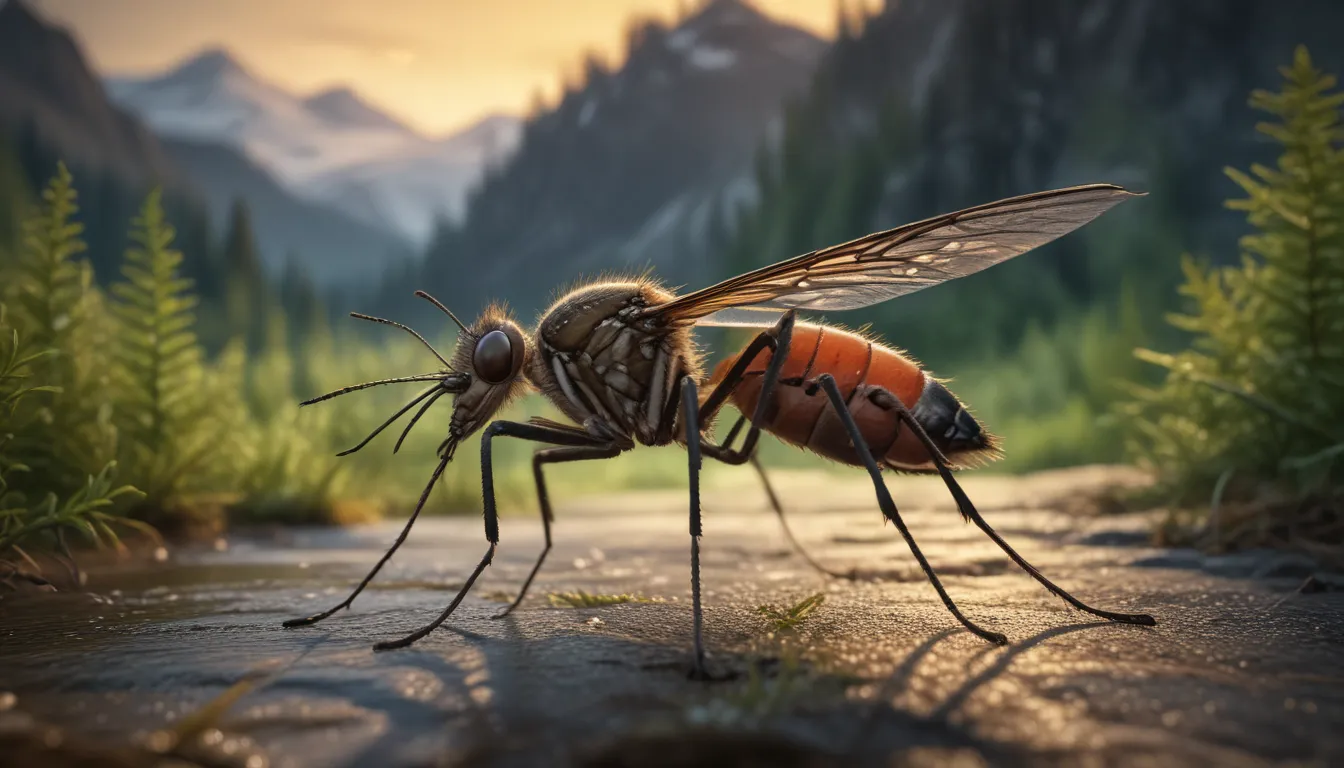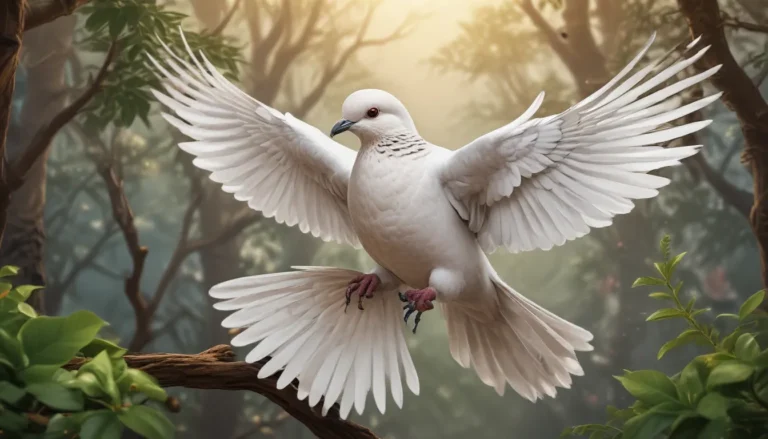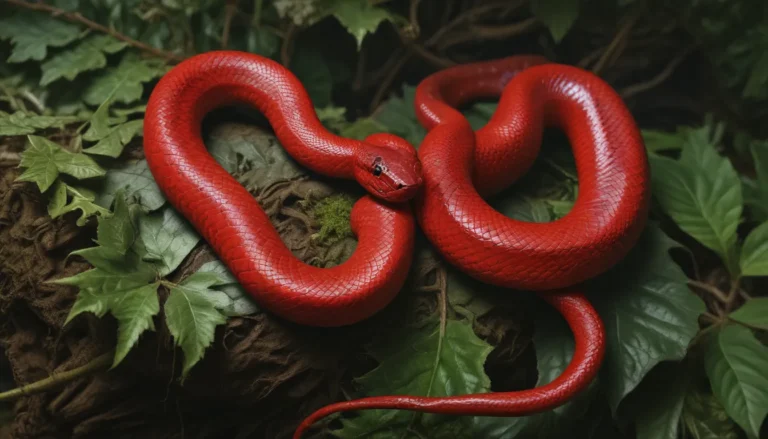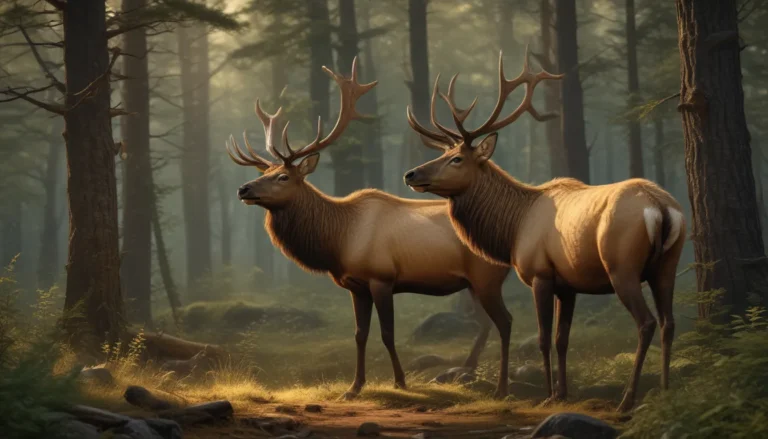The pictures we use in our articles might not show exactly what the words say. We choose these pictures to make you interested in reading more. The pictures work together with the words but don’t take their place. The words still tell you the important facts.
Alaska, often celebrated for its breathtaking landscapes and diverse wildlife, is also home to a less glamorous resident – mosquitoes. These pesky insects can quickly turn a tranquil outdoor adventure into a buzzing nightmare under the midnight sun. However, before you swat them away as mere annoyances, there are some intriguing facts about Alaska mosquitoes that might surprise you. From their sheer numbers to their unique adaptations, delving into the world of these bloodsucking creatures can offer a newfound appreciation for their role in the Alaskan ecosystem.
Unveiling the Fascinating Facts of Alaska Mosquitoes
Alaska is a haven for over 35 species of mosquitoes, making them a common sight during the summer months. Despite their nuisance, these insects play a crucial role in the ecosystem as a food source for various animals. Understanding their behavior and habits can help you navigate the Alaskan wilderness with a better grasp of their significance. So, grab your bug spray, and let's dive into 10 interesting facts about Alaska mosquitoes that will leave you buzzing with knowledge.
Alaska’s Mosquito Diversity
Alaska boasts a diverse array of mosquitoes, with over 35 different species buzzing around the state. These large insects, known for their relentless biting, are most active during the summer, especially in regions with standing water. While they may seem like unwelcome guests, these mosquitoes have adapted to thrive in Alaska's unique environment.
Size Matters: Larger Than Life Mosquitoes
One distinct characteristic of Alaska mosquitoes is their size. These bloodthirsty insects are larger compared to their counterparts in other regions, making them quite intimidating. Their size adds to the discomfort they bring, but understanding their anatomy can help mitigate the fear they instill.
Short-Lived Yet Prolific
Despite their short lifespan ranging from a few weeks to a couple of months, Alaska mosquitoes reproduce rapidly, leading to significant populations. Their ability to multiply quickly is a factor contributing to their prevalence during the summer months, creating challenges for those venturing into the great outdoors.
Summer Buzz: Peak Season for Mosquitoes
Mosquitoes in Alaska are most active during the summer season, taking advantage of longer daylight hours and warmer temperatures. These conditions provide an ideal breeding ground for these insects to thrive, leading to an increase in their numbers. Being aware of their peak activity times can help you plan outdoor activities accordingly.
Disease Transmission Potential
Just like mosquitoes elsewhere, those in Alaska can transmit diseases. While the risk of contracting such diseases is relatively low, it's essential to take precautions to protect yourself from their bites. Using effective mosquito repellents and wearing protective clothing can help minimize the chances of disease transmission.
Balancing Act: Mosquitoes in the Ecosystem
Despite their reputation as pests, Alaska mosquitoes play a vital role in the ecosystem. They serve as a significant food source for various animals, including birds, bats, and fish. Recognizing their importance in the food chain highlights the delicate balance of nature and the interconnectedness of species in the Alaskan wilderness.
Scent-Savvy Mosquitoes
Alaska mosquitoes have a keen sense of smell and are attracted to specific scents, such as sweat, perfumes, and certain lotions. Being cautious about the products you use when spending time outdoors can help reduce your attractiveness to these insects. Opting for unscented products or natural repellents may be beneficial in warding off mosquitoes.
Natural Remedies for Bites
Fortunately, Alaska is home to the Itch Relief plant, also known as "Indian Celosia," which can help alleviate the itchiness associated with mosquito bites. Exploring natural remedies like this plant can provide relief without the need for chemical-based treatments, offering a more holistic approach to managing mosquito bites.
Arctic Survivors: Adapting to Extreme Conditions
Despite Alaska's freezing temperatures during winter, mosquitoes have evolved to survive in extreme cold. They lay their eggs in areas with standing water that freeze over, entering a state of diapause until conditions become favorable for hatching. This adaptation allows them to endure harsh Arctic winters and emerge once temperatures rise.
Managing Mosquito Populations
Due to the prevalence of mosquitoes in Alaska, some regions have established "Mosquito Control Districts" to monitor and manage mosquito populations. These organizations work to reduce the impact of mosquitoes on human activities and public health while maintaining the ecological balance of the region. Their efforts focus on controlling mosquito populations without disrupting the natural ecosystems.
Embracing the Alaskan Wilderness
In conclusion, Alaska's mosquito population may be a common nuisance, but understanding their behavior and significance in the ecosystem can help individuals better prepare and protect themselves. By taking necessary precautions, such as using effective mosquito repellents, wearing protective clothing, and avoiding peak mosquito activity times, you can enjoy the natural beauty of Alaska while minimizing the irritation caused by these resilient insects.
Frequently Asked Questions (FAQs)
- How many species of mosquitoes are found in Alaska?
-
Alaska is home to over 35 species of mosquitoes, with a few known to be particularly bothersome to humans.
-
Why are Alaska mosquitoes so aggressive?
-
Alaska mosquitoes have a short summer season to breed and reproduce, driving their aggressive behavior in seeking blood meals to support their reproductive cycle.
-
Do Alaska mosquitoes carry diseases?
-
While Alaska mosquitoes can transmit diseases, the risk is relatively low compared to other regions. It's advisable to take necessary precautions when spending time outdoors.
-
How can I protect myself from Alaska mosquitoes?
-
To protect yourself from Alaska mosquitoes, use effective mosquito repellents containing DEET, wear long-sleeved clothing, and avoid outdoor activities during peak mosquito activity times.
-
Do Alaska mosquitoes die off during the winter?
- Contrary to belief, Alaska mosquitoes have adapted to survive harsh winters by laying their eggs in frozen water bodies and entering a state of diapause until conditions become favorable for hatching.
Exploring the world of Alaska mosquitoes reveals a fascinating glimpse into the resilience and adaptability of these insects in the unique environment of the Last Frontier. By arming yourself with knowledge about their habits and characteristics, you can coexist with these buzzing creatures while appreciating their role in the intricate tapestry of Alaska's ecosystem. So, next time you venture into the Alaskan wilderness, remember to pack your bug spray and embrace the natural beauty that surrounds you.






